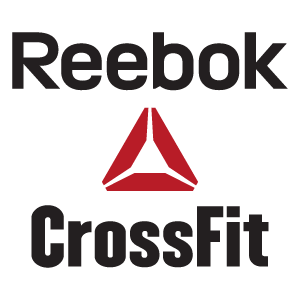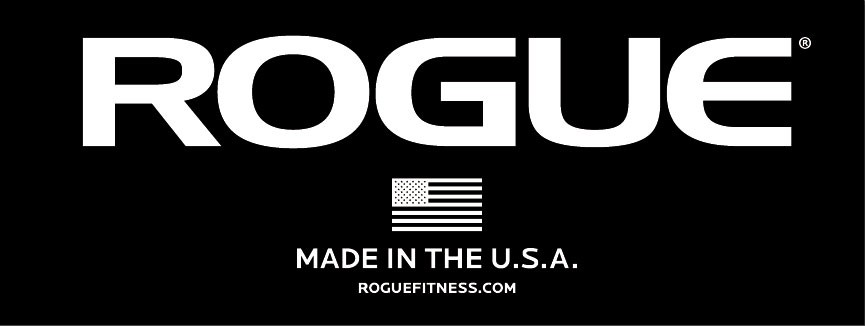In crossfit and the world beyond (that apparently exists) – there is the belief that the more flexibility the better, and that the more flexible you are the less likely you are to get injured. Spoiler alert: This is not always the case. I’m going to tell you why and how you should use this information to review your current training.
Flexibility and mobility refer to the range of motion at a given joint. It is true, a lot of people are lacking range of motion, and would benefit from an increase in flexibility and mobility. We all know those people who can’t get overhead without arching their back, or can’t squat to parallel, and by and large, most of the time, some flexibility and mobility work would help them out.
BUT…
You can have too much of a good thing
Every movement we make is a balancing act (literally) between stability and mobility. Stability comes from muscular tension, mobility from muscular relaxation. We need just the right amount of both to move safely and efficiently. Too much tension and we have no motion, too much relaxation and we collapse like a bag of bones.
What does this mean on a practical basis?
I’ve discussed in an earlier blog here how tension in a muscle is mainly controlled by the central nervous system. Usually if a muscle is tight, it’s your body’s way of trying to protect you from getting into a position it perceives as dangerous – it is creating stability because it doesn’t feel in control.
SO, if we do tons of mobility work, and stretch off that tight muscle, what happens? We now let our body get into a position that it can’t control (well). Depending on the situation, this can be a good or a bad thing. If we’re doing some movement homework, trying to improve our positions then, great, you’re onto a winner, you just keep being you. If we’re doing 1RM snatch, you’re asking for an injury – the new range of motion will not have the same level of control or strength as the old, so when that HUGE weight you’re lifting slams into end range at high speed, you are unlikely to create the correct or enough muscular tension to stabilise the bar. This is when ligaments and tendons are stress tested, and also when they fail.
What should you do about it?
- Lay off the aggressive mobility work just before you max out – tension might stop you getting into perfect positions, but it is there for a reason, it also protects you
- Whenever you open new range, make sure you develop skill and stability there afterwards, use it or lose it
- Be aware that if a muscle is consistently tight then it might be doing the work of another muscle, so building stability elsewhere might actually be a better way to ease it off than stretching the tight muscle every single day
Conclusion
Mobility/flexibility/stretching aren’t necessarily bad, but should be applied as necessary, rather than as much as possible. If you’re unsure about how to address your issues, check with your coach/movement specialist, or get in touch with me!
3 Top Ways to Squat Deeper and Improve your Mechanics
The post More Mobility Isn’t Always Better and 3 Things To Do About It appeared first on BOXROX.









